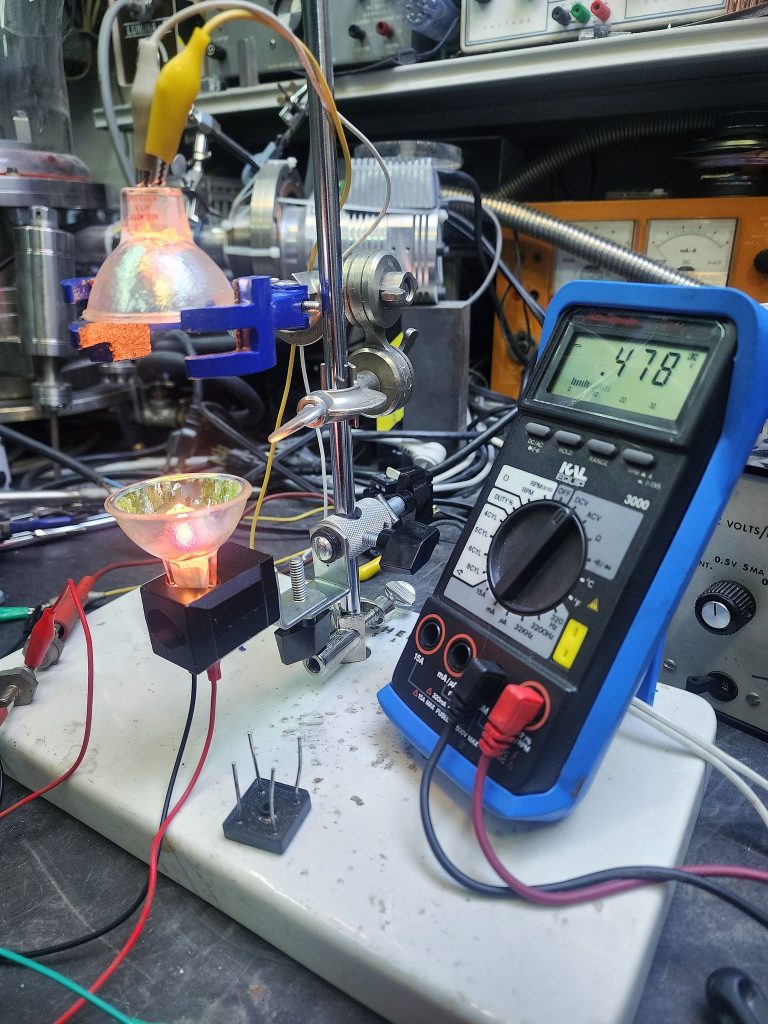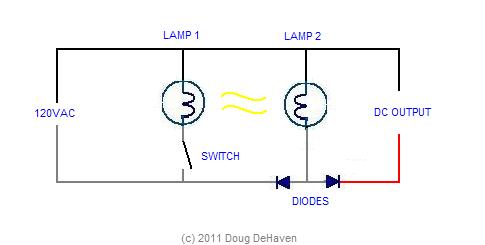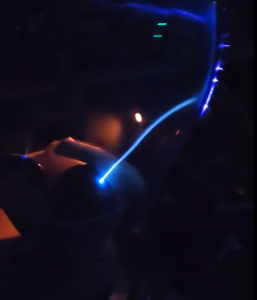You know that feeling when you’re told something won’t work—but you just have to try it anyway? Well, I recently ran an experiment that completely defied expectations, and I have to share it!
The Setup
I arranged two incandescent lamps facing each other. One of them (LAMP2) was powered by pulsed DC. The second circuit was completely isolated—no induced voltage from the primary circuit.
At first, with LAMP1 turned off, the second circuit showed little to no power. Nothing surprising there. But then, I flipped the switch on… and suddenly, I was getting 5VDC on the second circuit!
The Wild Part
As if that wasn’t strange enough, I noticed something even more intriguing—waving my hand between the two lamps changed the power output.
The Theory
This got me thinking. For a light bulb to emit visible light, its filament must be oscillating at a specific frequency to convert electricity into electromagnetic waves (light).
But what if the process could be reversed? My hypothesis was simple:
👉 If I excite a material at the right rate and then apply electromagnetic energy, I should be able to induce an electronic potential.
And guess what? It worked.
What This Means
Essentially, this experiment suggests that an incandescent light bulb can function like a solar cell under the right conditions! There’s still a lot more research to do, but this opens up some fascinating questions about light-to-electricity conversion and potential alternative energy applications.
Who would have thought an ordinary light bulb could do this? More experiments to come—stay tuned!

Video showing the setup and how it works!
How it is wired. ( back when I first had the idea in 2011 )






